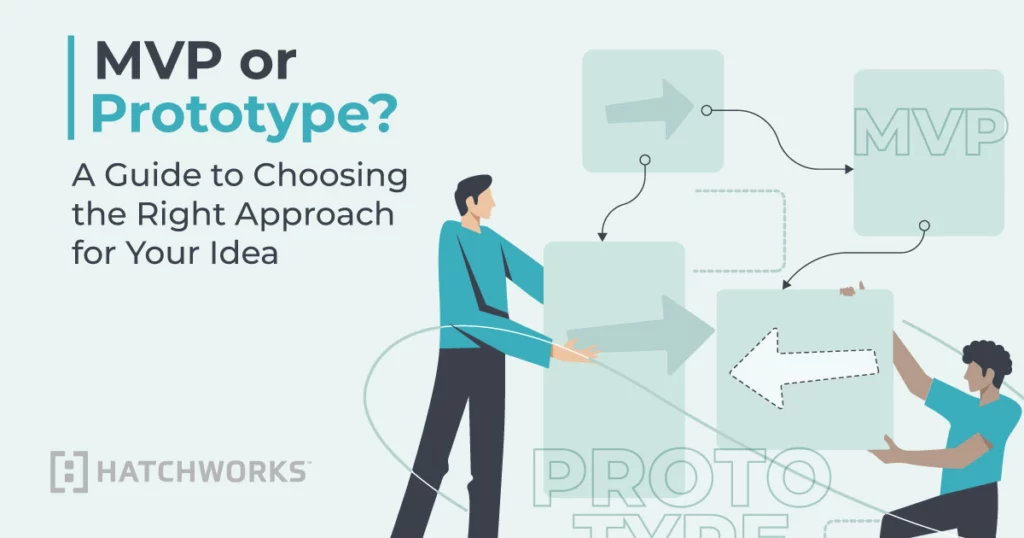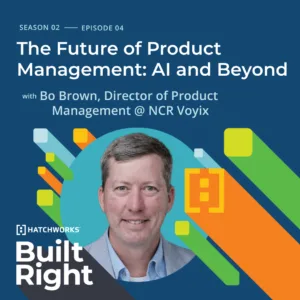
What is a software prototype?
A software prototype is a preliminary model of a software application that is used for testing and demonstrating the concept. Prototypes can range from simple wireframes or mockups to complex, functional prototypes that closely resemble the final product. The purpose of a software prototype is to test the application’s design, functionality, usability, and feasibility before it is fully developed.
Prototyping allows developers to identify and fix any design or technical issues early on in the development process, saving time and resources in the long run. It also allows for user testing and feedback, which can help fine-tune the application and ensure that it meets the needs and preferences of the target audience.
There are 3 main types of prototypes:
- Wireframes: Wireframes are simple, low-fidelity diagrams that outline the layout and structure of a product. They are typically used early in the design process to establish the basic structure and functionality of a product. Wireframes are usually black and white and do not include detailed design elements or interactive features.
- Mockups: Mockups are static, high-fidelity visual representations of a product. They typically include more detailed design elements and may include some interactive features, such as clickable buttons and links. Mockups are useful for demonstrating the overall look and feel of a product, as well as for gathering feedback on the design.
- Interactive prototypes: Interactive prototypes are dynamic, high-fidelity representations of a product that allow users to interact with the product as if it were a fully-featured product. They can include a wide range of interactive features and can be as detailed and functional as the final product. Interactive prototypes are useful for testing the usability and user experience of a product and for demonstrating the full range of features and functionality to potential investors or customers.
The benefits of software prototyping include:
- Identifying and fixing the design and technical issues early on
- Gathering user feedback and testing the usability of the application
- Demonstrating the concept and functionality of the application to potential investors or customers
- Allowing for iteration and improvement of the application before full development
It’s important to note that software prototypes are not meant to be the final product, and are typically not intended for sale or distribution. They are simply a way to test and refine the concept before moving on to the next stage of development.
What is an MVP?
An MVP, or minimum viable product, is a product with just enough features to be viable for a specific group of customers. The purpose of an MVP is to quickly test a product idea with a small group of users in order to gather feedback and data. This information can then be used to improve the product and make it more appealing to a larger audience.
MVPs are typically stripped-down versions of a product, with only the most essential features included. This allows the product to be released and tested in the market more quickly and at a lower cost. MVPs are intended to be functional products that can be sold, but they are not necessarily the final version of the product.
Examples of MVPs include a basic version of a mobile app that only includes the most essential features with limited customization options.
The benefits of MVPs
The benefits include:
- Allowing for quick testing and validation of a product idea
- Gathering valuable data and feedback from real users
- Reducing development time and costs by focusing on only the most essential features
- Providing a way to test the market and gather traction before investing in a full product rollout
It’s important to note that MVPs are not meant to be a fully fleshed out product, but rather a way to quickly test and validate an idea. As such, they may not be suitable for all products or industries.
How to decide between a prototype and an MVP
When it comes to choosing between a prototype and an MVP, there are several factors to consider. Here are some things to think about when deciding which approach is right for your product:- Stage of development: If you are in the early stages of product development and are still trying to figure out the basic concept and functionality of your product, a prototype may be the way to go. Prototyping allows for more experimentation and iteration. It is a good way to test and refine the basic idea. On the other hand, if you have a more fleshed out product idea and are ready to test it in the market, an MVP may be the better choice.
- Purpose of the product: Consider the purpose of your product and whether a prototype or MVP is better suited to achieving your goals. For example, if you are developing a complex product with many features, a prototype may be necessary to fully test and demonstrate all of the functionality. On the other hand, if you are trying to quickly test a simple product idea with a specific group of users, an MVP may be more appropriate.
- Resources and time constraints: Prototyping can be a time-consuming and resource-intensive process, especially if you are creating a complex prototype. If you are working with limited resources or time constraints, an MVP may be a more feasible option. MVPs can be developed and tested more quickly and at a lower cost than prototypes, making them a good choice for startups and small companies.
Pros and cons of prototyping
- Pros: Allows for more experimentation and iteration, allows for full testing and demonstration of product functionality, can be useful for complex products
- Cons: Can be time-consuming and resource-intensive, may not be suitable for testing in the market
Pros and cons of MVPs
- Pros: Allows for quick testing and validation of a product idea, can be developed and tested more quickly and at a lower cost, provides a way to test the market
- Cons: May not be suitable for complex products or products with many features, may not provide a full understanding of the product’s functionality
Conclusion
Prototyping and MVPs are both important tools in the product development process, each with their own benefits and drawbacks. It’s important to carefully consider the stage of development, the purpose of the product, and the resources and time constraints when deciding which approach is right for your product.
Prototyping is a good choice for testing and refining the basic concept and functionality of a product, especially for complex products with many features. MVPs, on the other hand, are a good choice for quickly testing a product idea with a specific group of users and gathering data and feedback.
An additional approach is the MVR (Minimal Viable Replacement) which comes in handy when you are looking to modernize an existing digital product. To learn more, check out our blog, Minimum Viable Replacement: A New Approach to Modernizing Legacy Solutions.
By understanding the role of prototyping and MVPs in product development and how to choose the right approach for your product, you can ensure that you are well-equipped to bring your product to market successfully.



